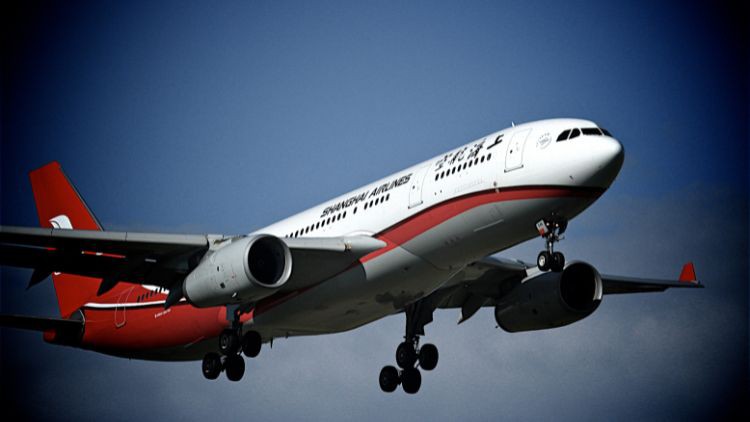
Learn how to cope various medical challenges during flying
What you will learn
Aviation Medicine: Health and Safety in the Air
Physiological Effects of Flight
Medical Emergencies on Board
Crew Health and Wellness
Description
Welcome to the course on Aviation Medicine! This comprehensive course is designed for medical professionals, including doctors, nurses, and other healthcare providers, as well as aviation professionals, such as pilots and flight attendants. The course is also suitable for anyone interested in the unique health and safety challenges of air travel.
During this course, you will learn about the history of aviation medicine, regulatory agencies and guidelines for aviation medicine, the physics of flight, altitude, pressure and temperature changes, common medical issues during flights, emergency response protocols and equipment on board, crew training and communication during medical emergencies, post-flight medical evaluation and reporting, pre-flight passenger screening and medical clearance, prevention of travel-related conditions, occupational health hazards for aviation professionals, sleep and circadian rhythm disruptions in aviation, mental health considerations for aviation professionals, and much more.
By the end of this course, you will have a thorough understanding of the unique health and safety challenges of air travel and how to address them effectively. You will be able to apply your knowledge to help promote safe air travel and provide quality care to passengers and crew members. Upon completion of the course, you will be awarded a certificate that demonstrates your expertise in Flying Medicine.
Join us today and take the first step towards a rewarding career in aviation medicine!
Content